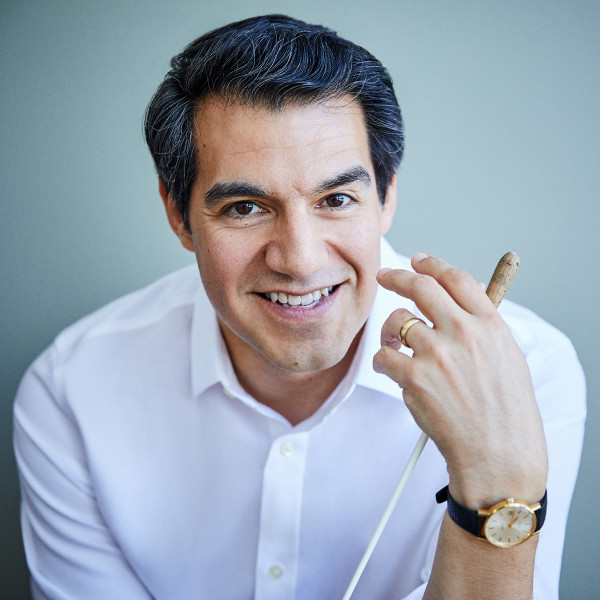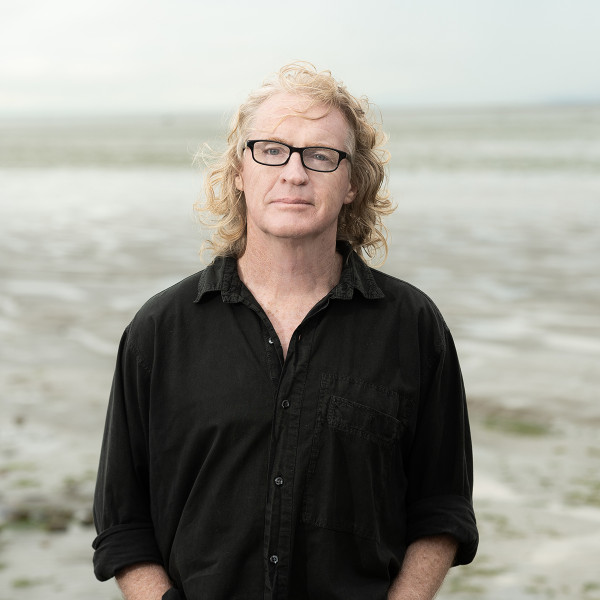
Young Artists Showcase
Presented by: New Zealand Symphony Orchestra
Conducted by: Hamish McKeich
Michael Fowler Centre, 12th Apr 2023
Reviewed by: Tamsin Evans
Six young concerto soloists and 16 orchestral instrumentalists had time to shine on the stage at the Michael Fowler Centre.
The opening piece, Moirai by Cameron Monteath, set a high bar. Winner of the 2022 Todd Young Composers Award, Monteath made excellent use of the orchestra. Moirai’s three distinct sections were ethereal, tumultuous, and sustained.
Alina Chen (17) set a cracking pace in the first movement of Nielsen’s Flute Concerto, and led the string section on a fine chase, dancing with the wind section before regathering the orchestra and leaving us with no question as to who was leading.
Ryan Yeh (11!) was brimming with confidence and capability in the first movement of Haydn’s Cello Concerto No. 1 in C Major, managing some extremely tricky fingering and balance.
Christine Jeon (16) brought her own tone to the fourth movement of Elgar’s Cello Concerto in E Minor, showing sensitivity and a strong finish.
Alex Xuyao Bai (12) made a good choice with the first movement of Beethoven’s Piano Concerto No. 2 in B-flat Major, allowing him to display emotion and feeling beyond his years.
Shan Liu (13) took on Chopin’s Piano Concerto No. 2 in F Minor. His intensity was matched by the orchestra. This is not a simple piece; he showed impressive expression and technique.
Louis Liu (15) also chose a technically demanding piece in the third movement of Ibert’s Flute Concerto. He took on some very challenging breath control and fingering to produce a remarkable array of sound.
The 16 young instrumentalists joined the orchestra on stage for the fourth movement of Tchaikovsky’s Symphony No. 4 in F Minor, a bold, noisy, and exuberant piece that tested all the players and most exposed the two young men who performed perfectly on bass drum and cymbals.
Hamish McKeich led from the podium after a stroke last year. His skill and expertise seem strengthened and concentrated in his left arm. It was an outstanding team performance.












